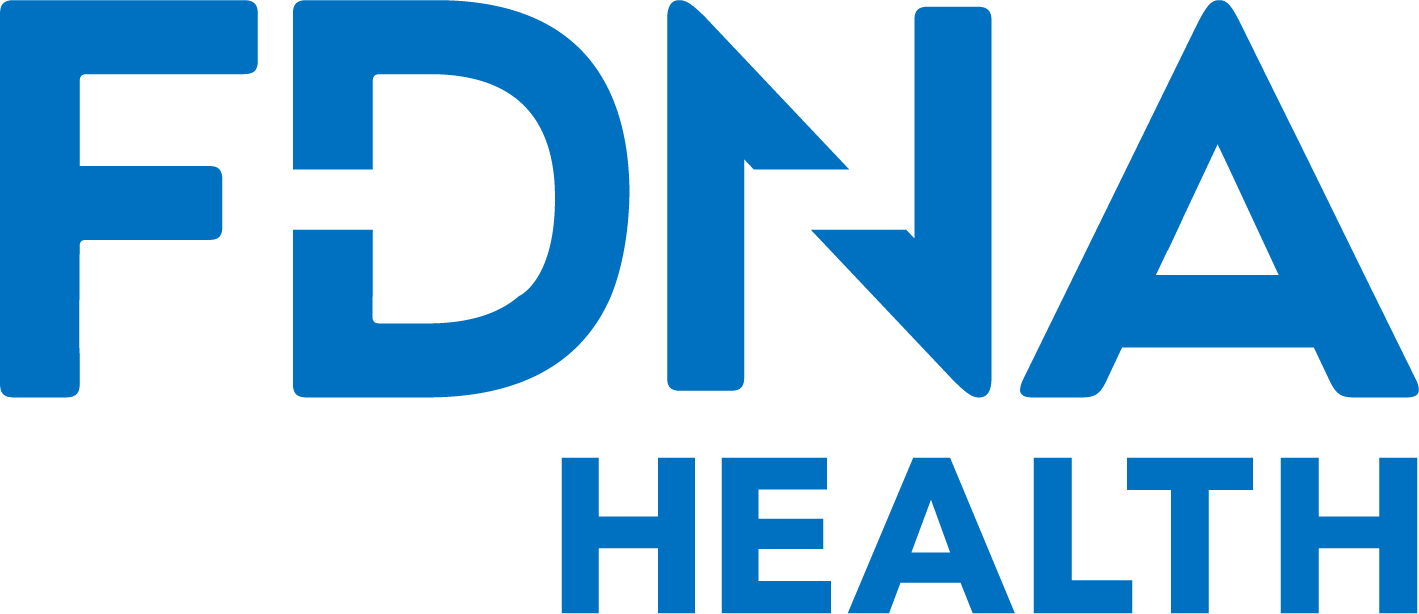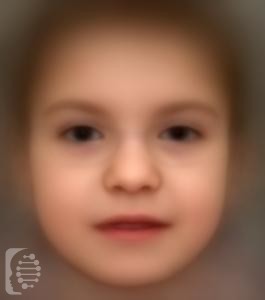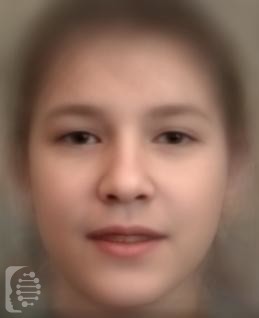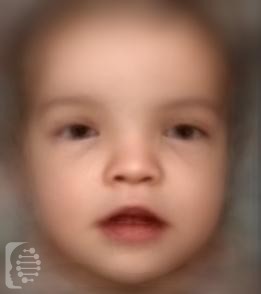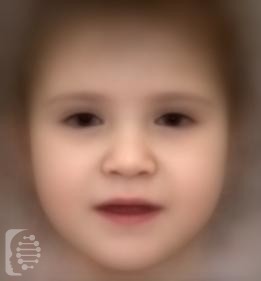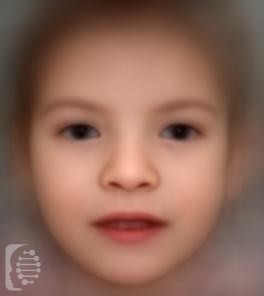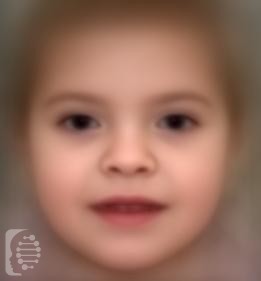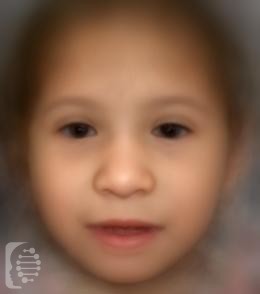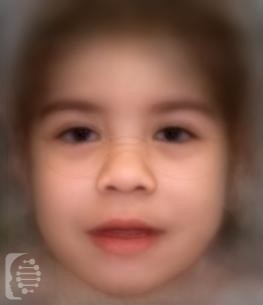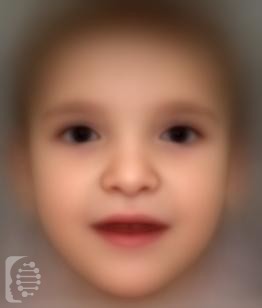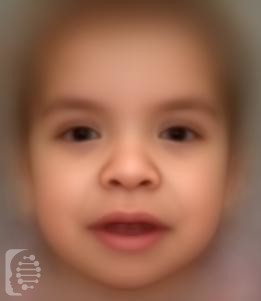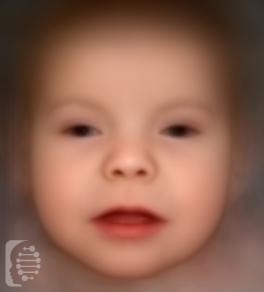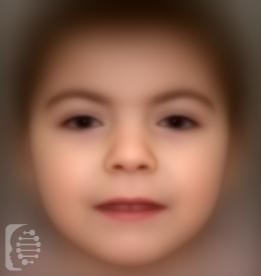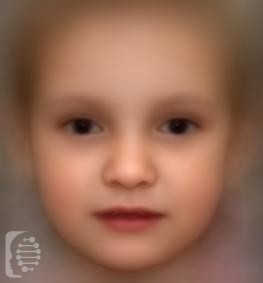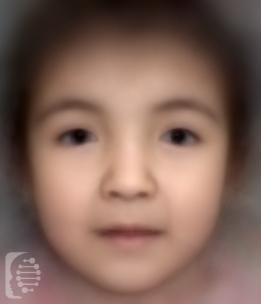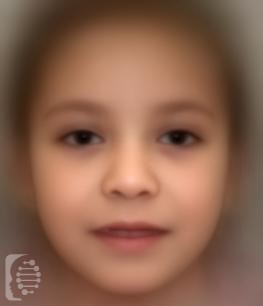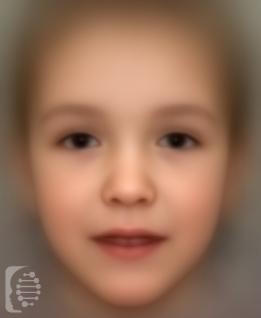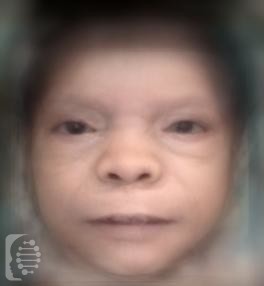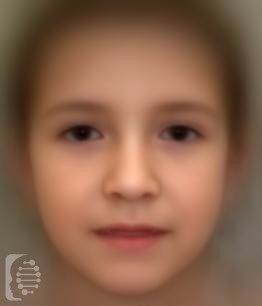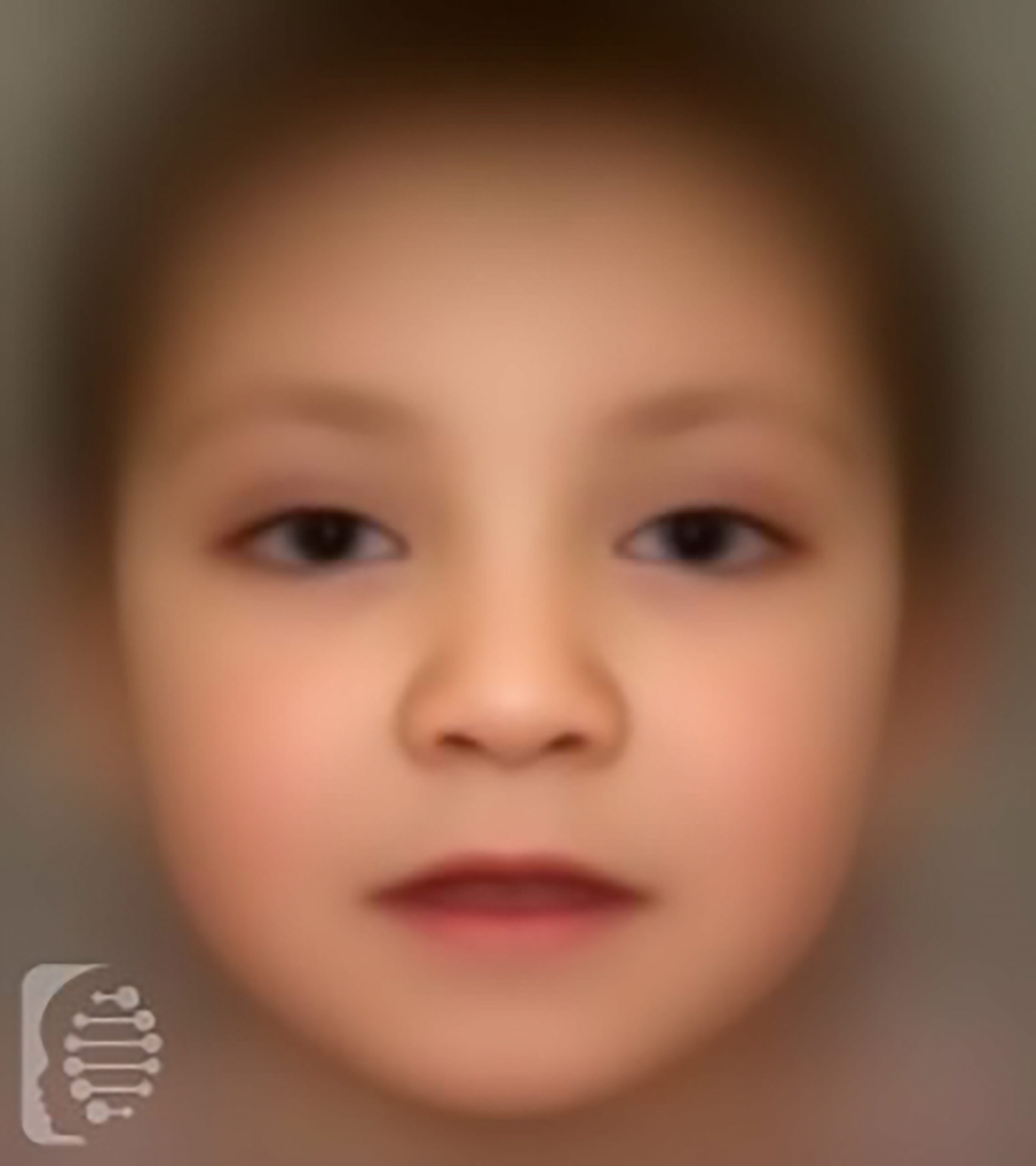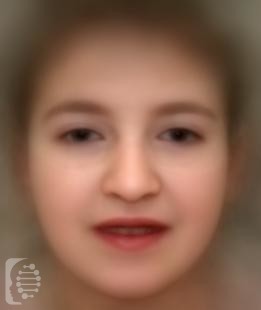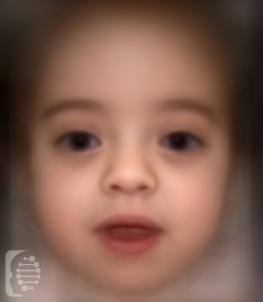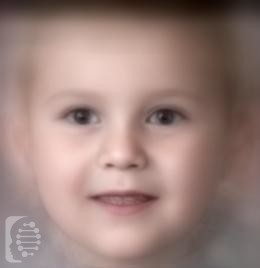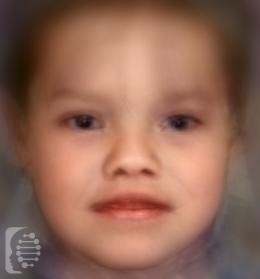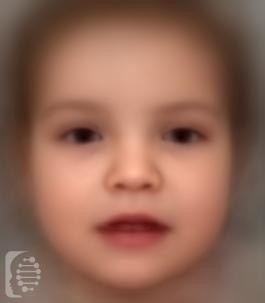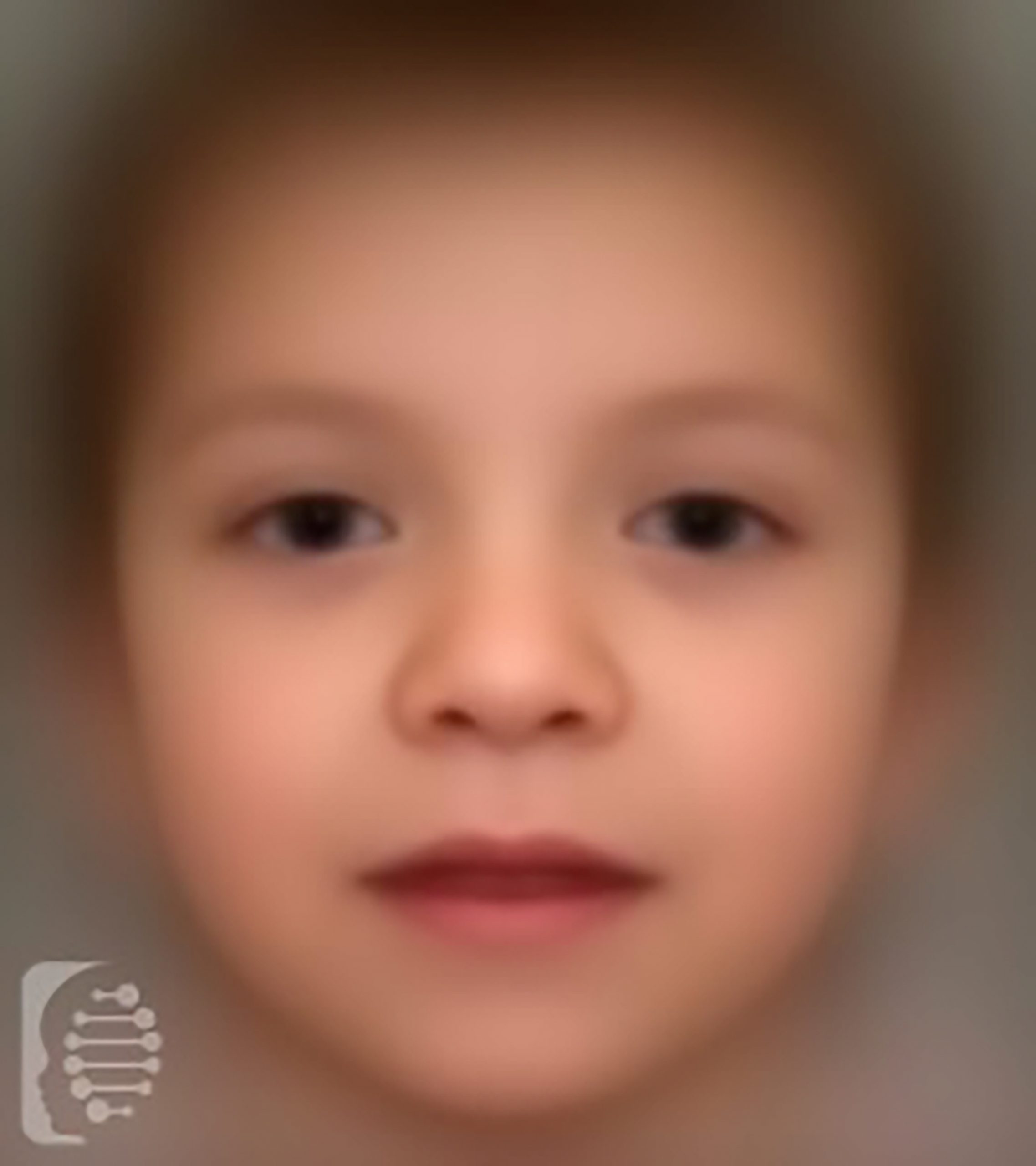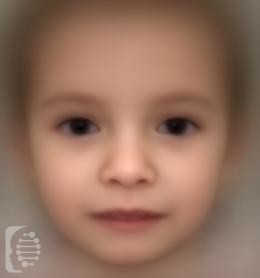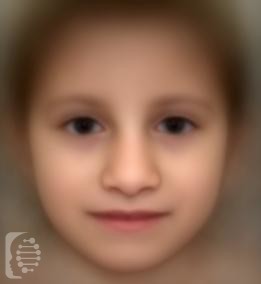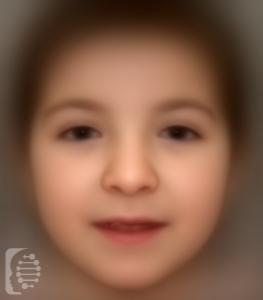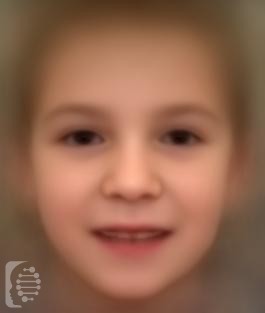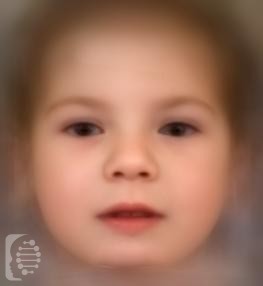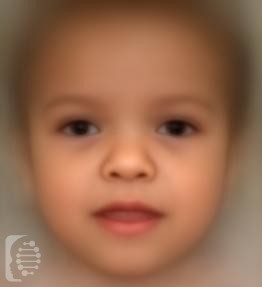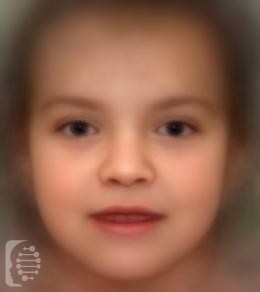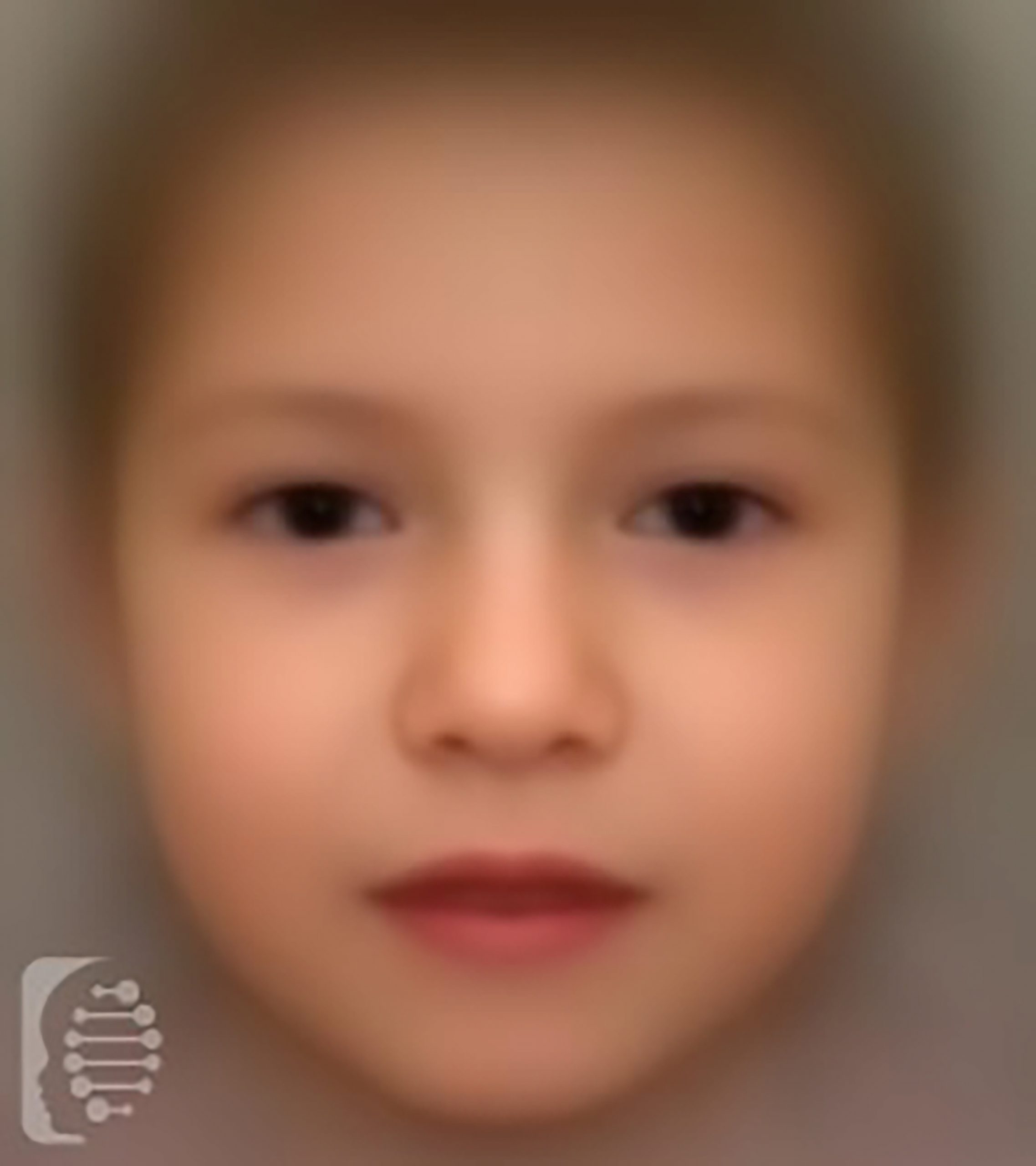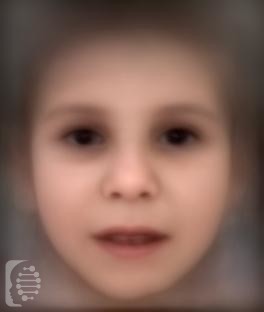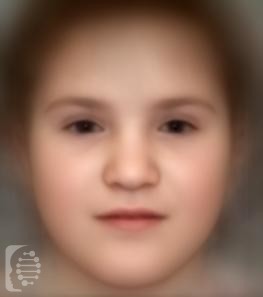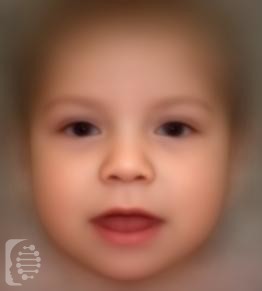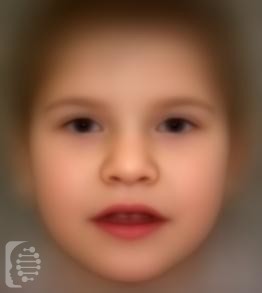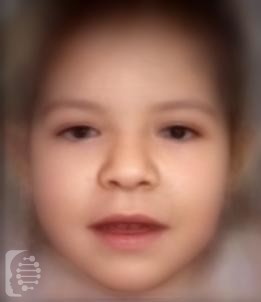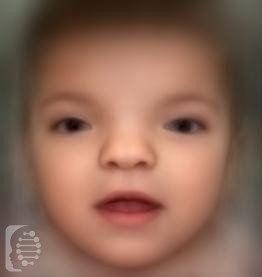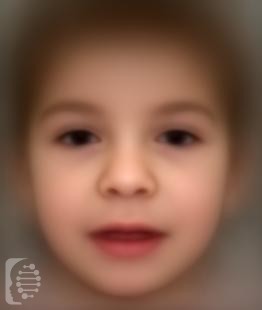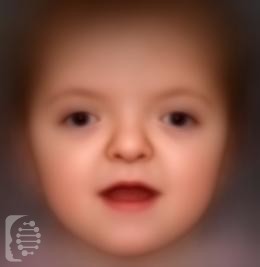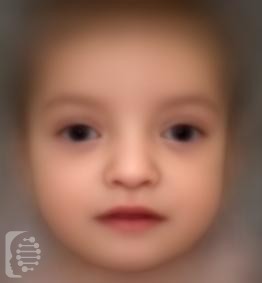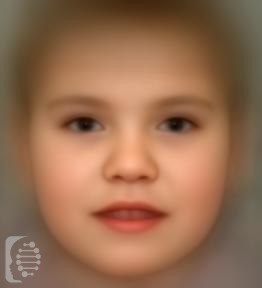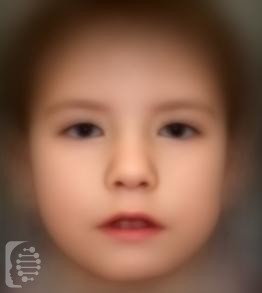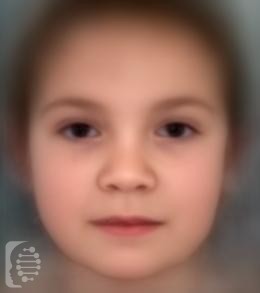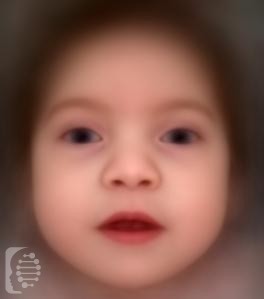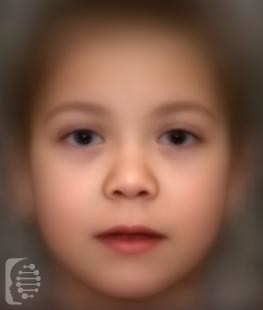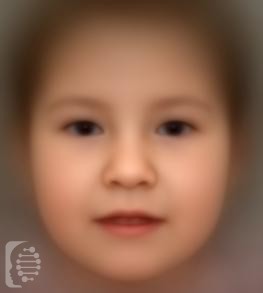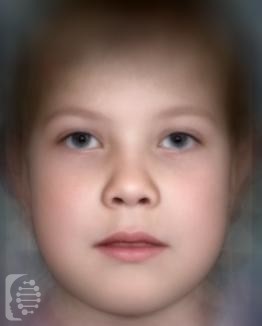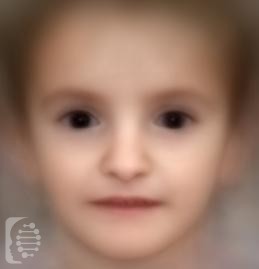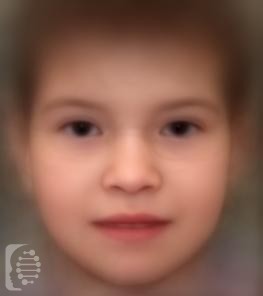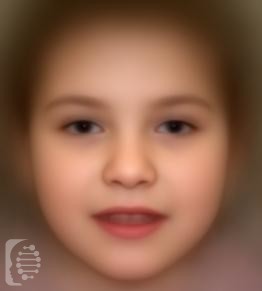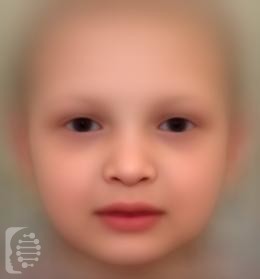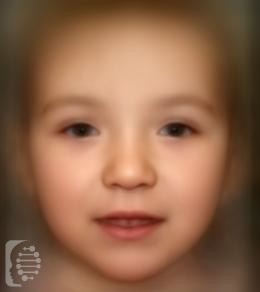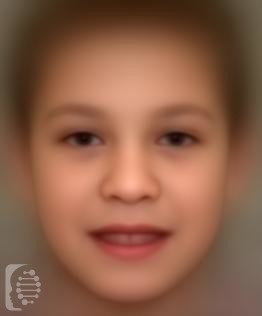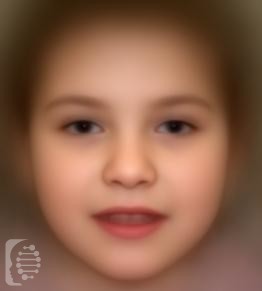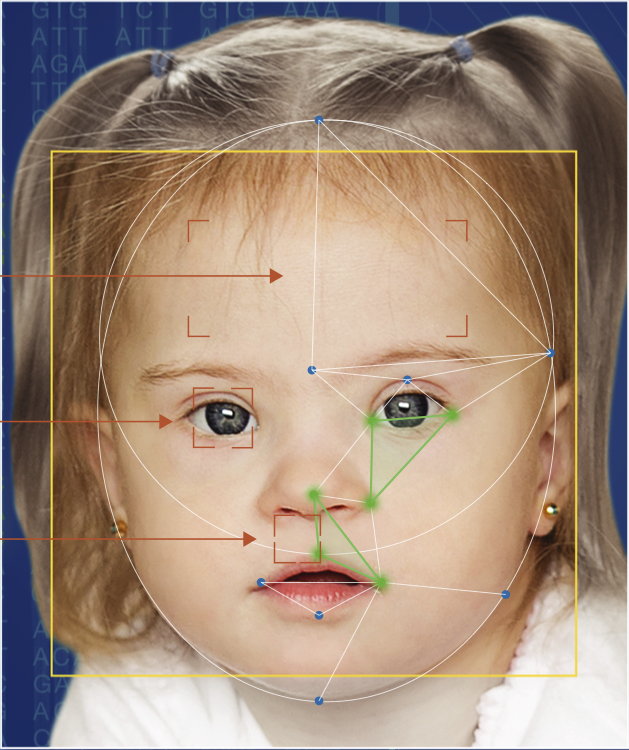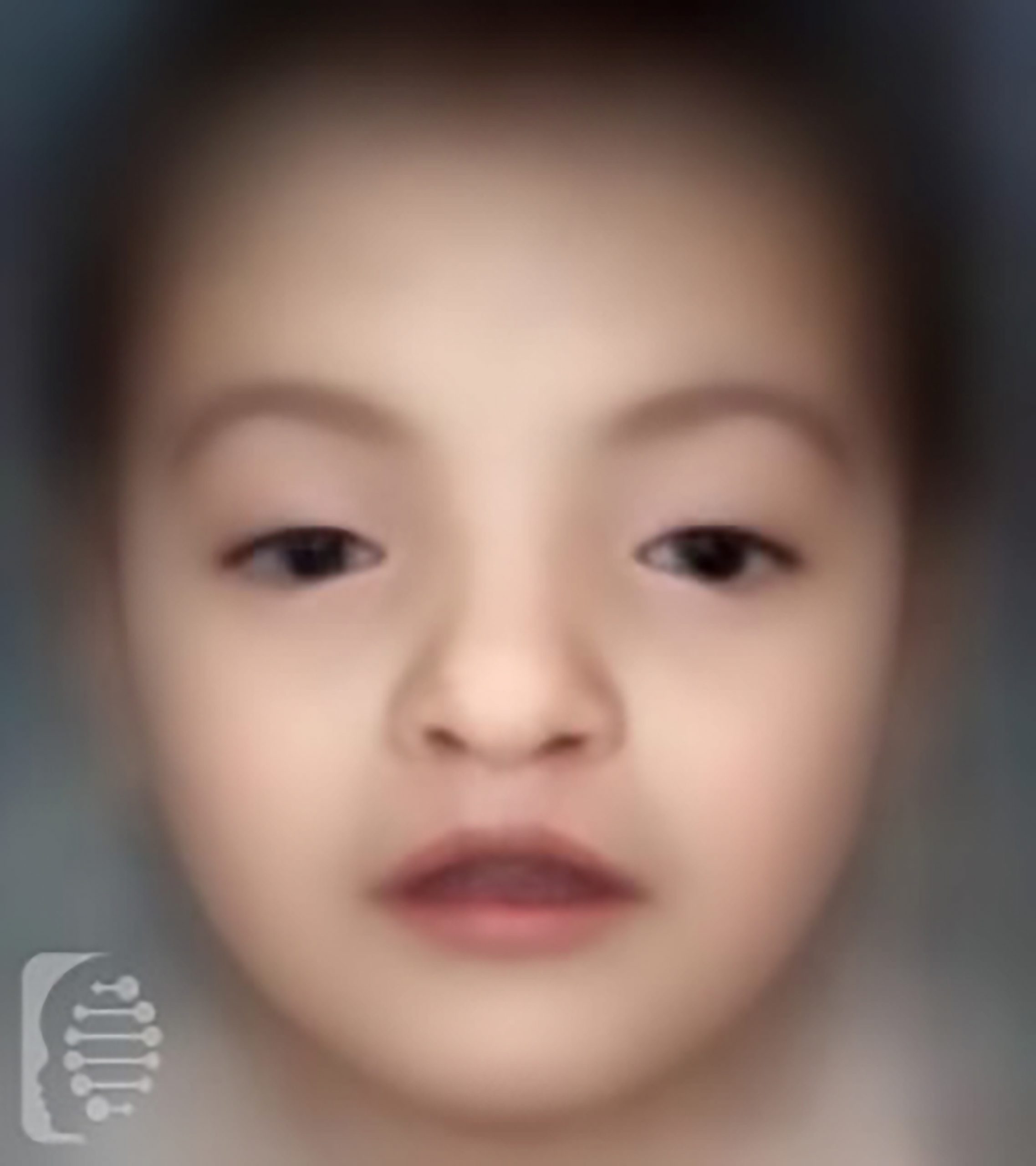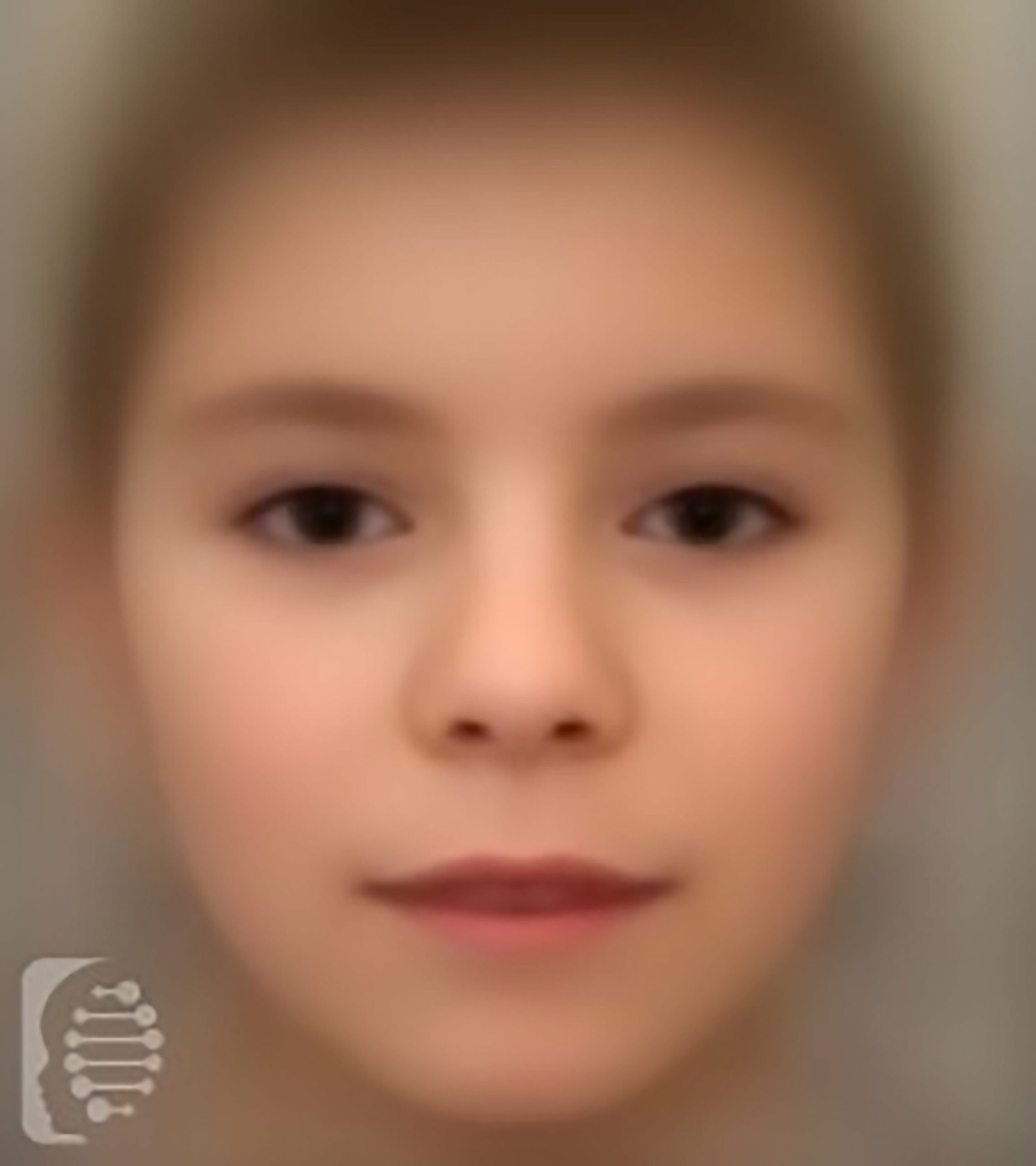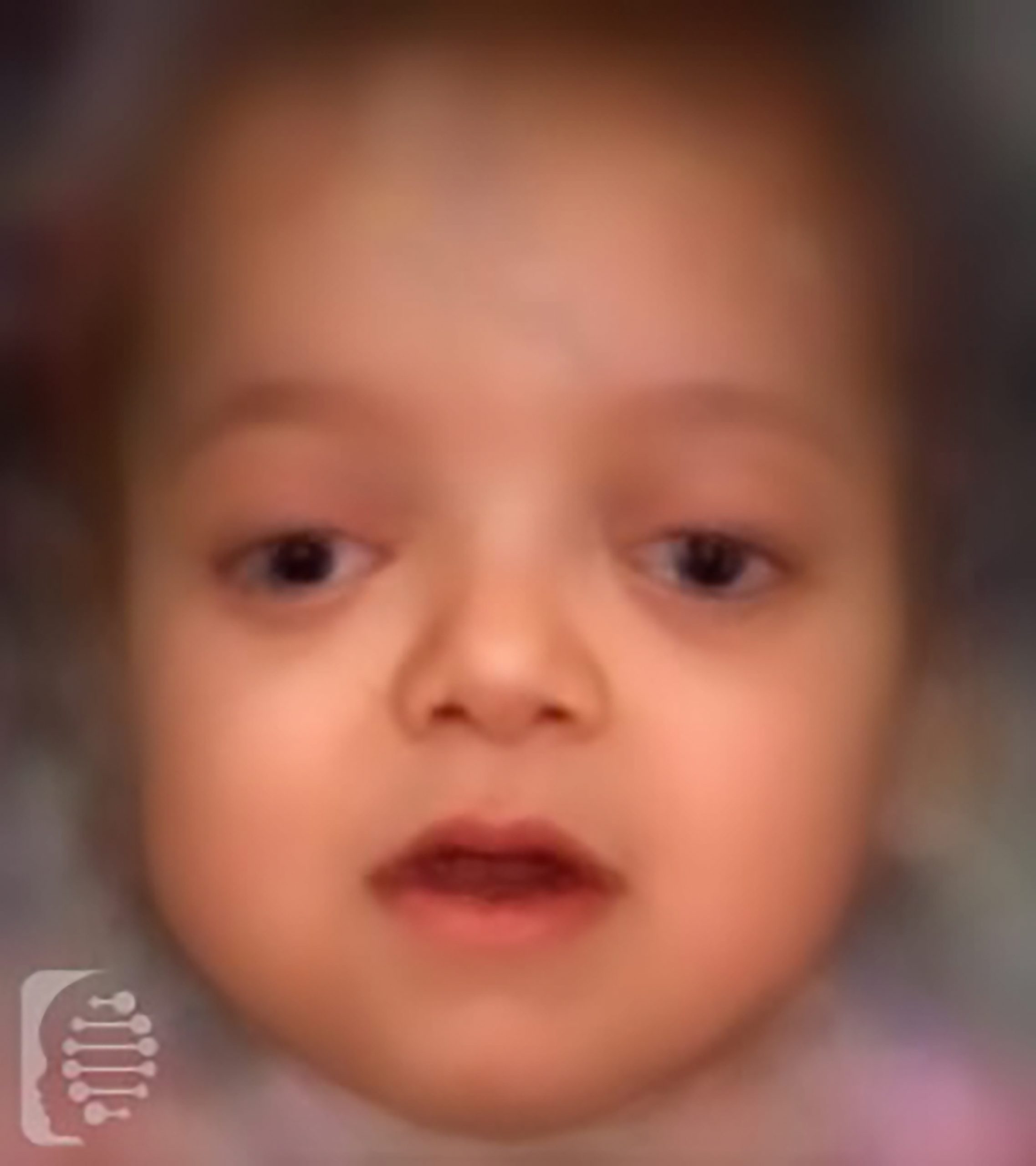Paula and Bobby
Parents of Lillie
Alopecia
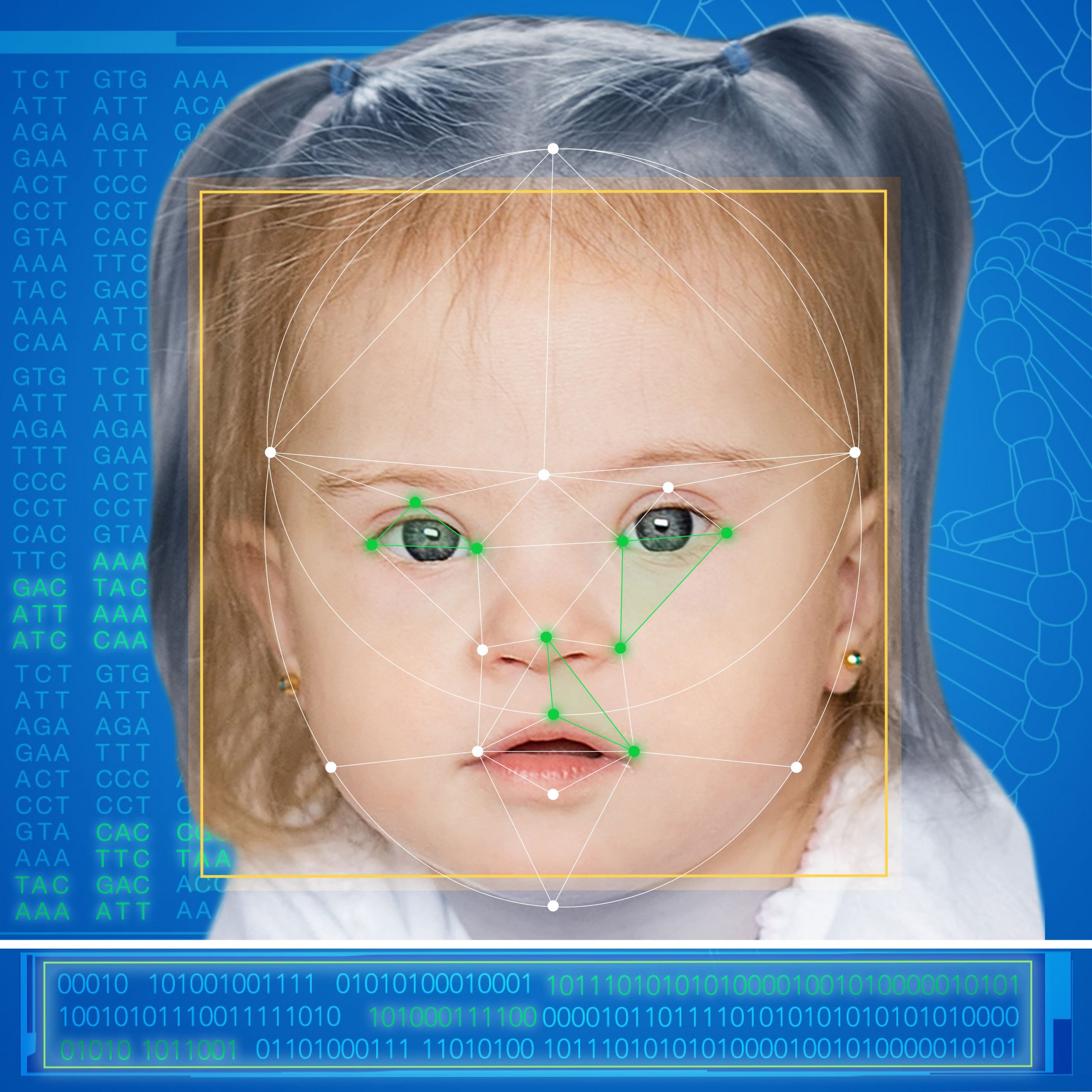
Understanding hair related symptoms and features.
Symptoms may affect multiple parts of the body. Understanding which part of the body a symptom affects, can help us to better understand the potential underlying causes of a symptom, including a rare disease or genetic syndrome.
Hair is a part of the integumentary system of the body, a system which includes not only hair but also skin and nails too. The integumentary system acts to protect our body from external threats or injury.
Generally, symptoms affecting the hair can be seen with the eye. Although diagnosing a hair related symptom may involve different tests and assessments, both subjective and objective.
Symptoms relating to the hair affect hair on all parts of the body, including the scalp, torso and face. They may also affect specific features of the face, including the eyebrows and eyelashes. When looking specifically at symptoms relating to the hair, other aspects such as the amount, distribution, thickness, texture and colour should also be taken into consideration.
What is alopecia?
Alopecia refers to the loss of hair. This is generally progressive and may lead to partial or a complete loss of hair, resulting in baldness. Generally hair loss with alopecia occurs in patches, once these patches of baldness start connecting with each other, then it becomes more obvious.
Alopecia is not present at birth, but occurs later in the life of an affected individual. It occurs when the immune system attacks the hair follicles, and this then leads them to fall out.
Alopecia may affect scalp hair (the hair on an individual’s head), facial hair and anywhere on the body where there is hair.
Alopecia is reasonably common.
What should I do next?
In some instances, alopecia may be one of the features of a rare disease or genetic syndrome. In this case fast, targeted genetic analysis can give you a more accurate diagnosis.
Synonyms:
Hair loss
HPO:
0001596
Optional syndromes:
Clarify any concerns you may have and get tested online today!
Schedule Your Online Meeting Now
Synonyms:
Hair loss
HPO:
-
0001596
Optional syndromes:
FDNA™ Health can help you with the diagnostic journey.
Learn about child developmental delays: Causes, Symptoms, and Therapies.
Don't wait years for a diagnosis. Act now and save valuable time.
Explore the most detected symptoms in our system (numbers are global and based on the data from 120 countries):
What is FDNA Health?
With the largest global database and a leading decision-support tool using AI, FDNA™ Health enables patients and their families to better understand symptoms and conditions with the goal of shortening the time to diagnosis.
Benefits of FDNA Health
Save valuable time by
learning about possible conditions
and report to your clinician
Advanced AI technology
and leading worldwide clinicians
shortening time to diagnosis
Looking for answers?
Worried about child development?
We are here to help you!
